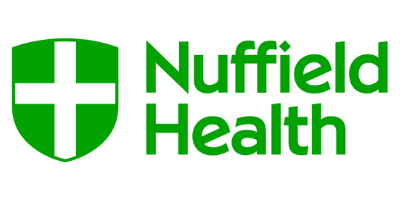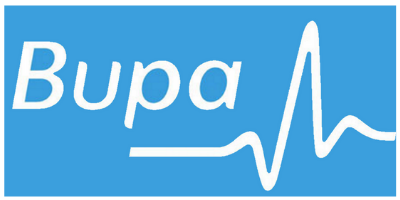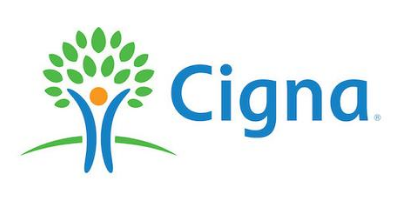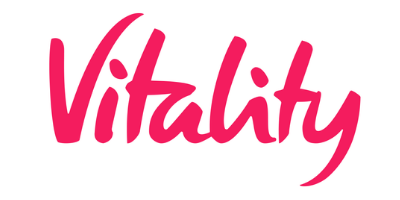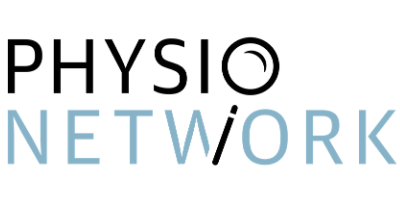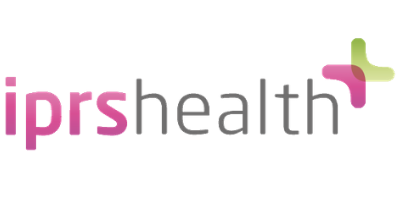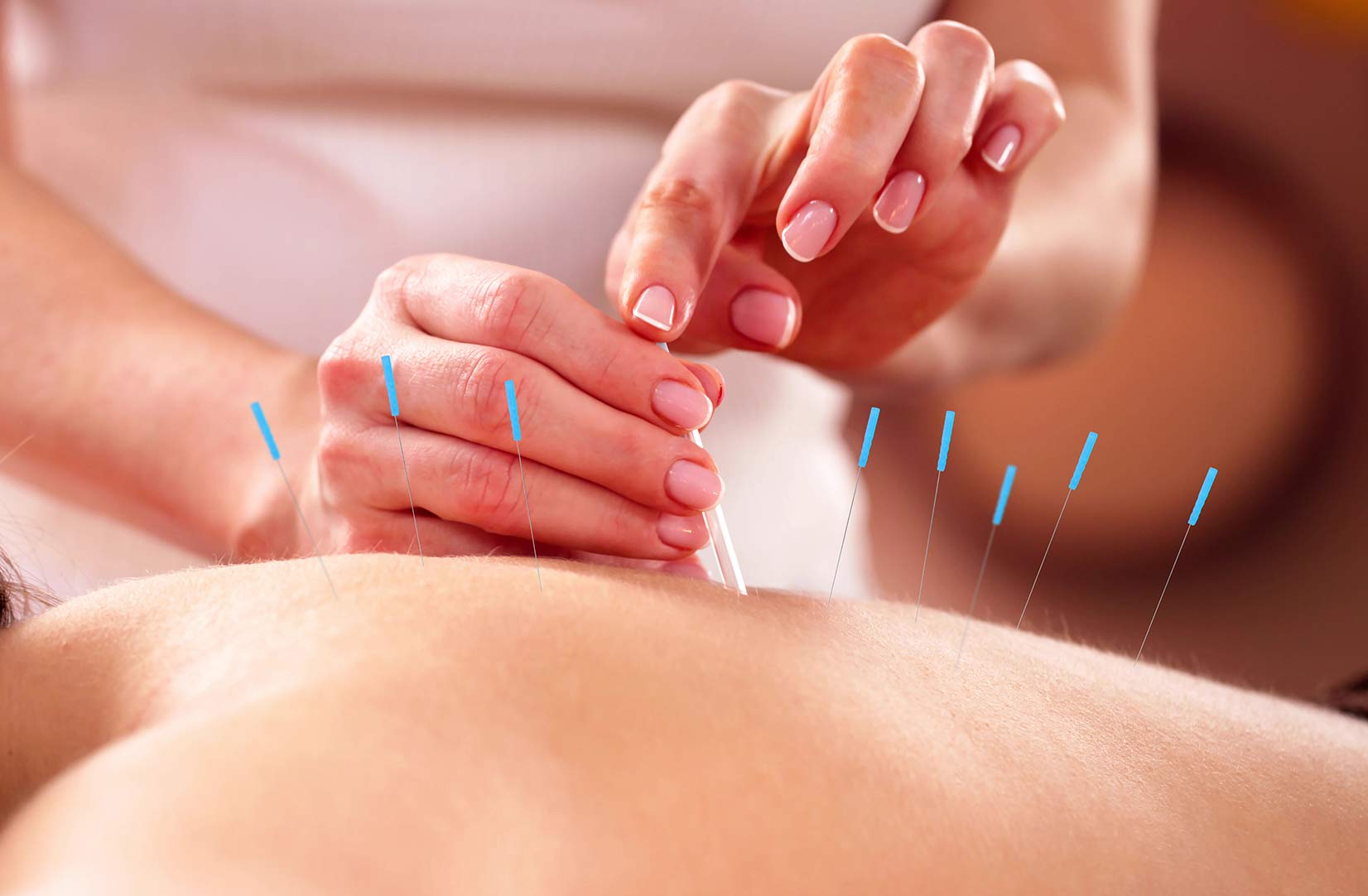
Dry Needling at Atherapy
Targeted relief. Deeper recovery. Movement restored.
At Atherapy, dry needling is used as part of an integrated, physiotherapist-led approach to treat muscle pain, release tension, and enhance recovery. This precise, minimally invasive technique targets myofascial trigger points — tight, irritable bands of muscle — helping to restore function and reduce discomfort from both acute injuries and chronic conditions.
Whether you’re dealing with a sports injury, postural strain, or persistent muscular pain, dry needling can be a powerful tool to support faster healing and improved performance.
What is Dry Needling?
Dry needling involves the insertion of fine, sterile needles into specific points within a muscle or fascia. These “trigger points” are areas of local tension or dysfunction that can cause referred pain, limited range of motion, or muscle imbalances.
Unlike acupuncture, which is rooted in traditional Chinese medicine, dry needling is grounded in Western clinical science and anatomy. The goal is to elicit a local twitch response — a brief contraction of the muscle — which helps to release tightness, improve blood flow, and reset the muscle to a more functional state.
At Atherapy, dry needling is always delivered by qualified physiotherapists as part of a personalised, evidence-based rehabilitation plan.
Common Conditions Treated with Dry Needling
- Myofascial pain syndrome
- Chronic muscle tightness
- Sports-related muscle strains
- Neck and back pain
- Shoulder impingement and rotator cuff dysfunction
- IT band syndrome and gluteal tension
- Jaw (TMJ) dysfunction and tension headaches
- Fibromyalgia and other chronic pain syndromes
Key Benefits of Dry Needling
Stimulates local healing by increasing blood flow and oxygenation to dysfunctional tissue. Often combined with manual therapy and rehab exercises for lasting results.
Loosens restricted muscles, improves joint range of motion, and helps you move more freely — ideal for recovery, performance, or injury prevention.
Releases tight muscles and trigger points quickly — often reducing pain after just one session. Particularly effective for stubborn areas of deep muscular tension.
Helps manage symptoms of persistent musculoskeletal pain, including fibromyalgia and postural tension, by addressing the muscular dysfunction at its source.
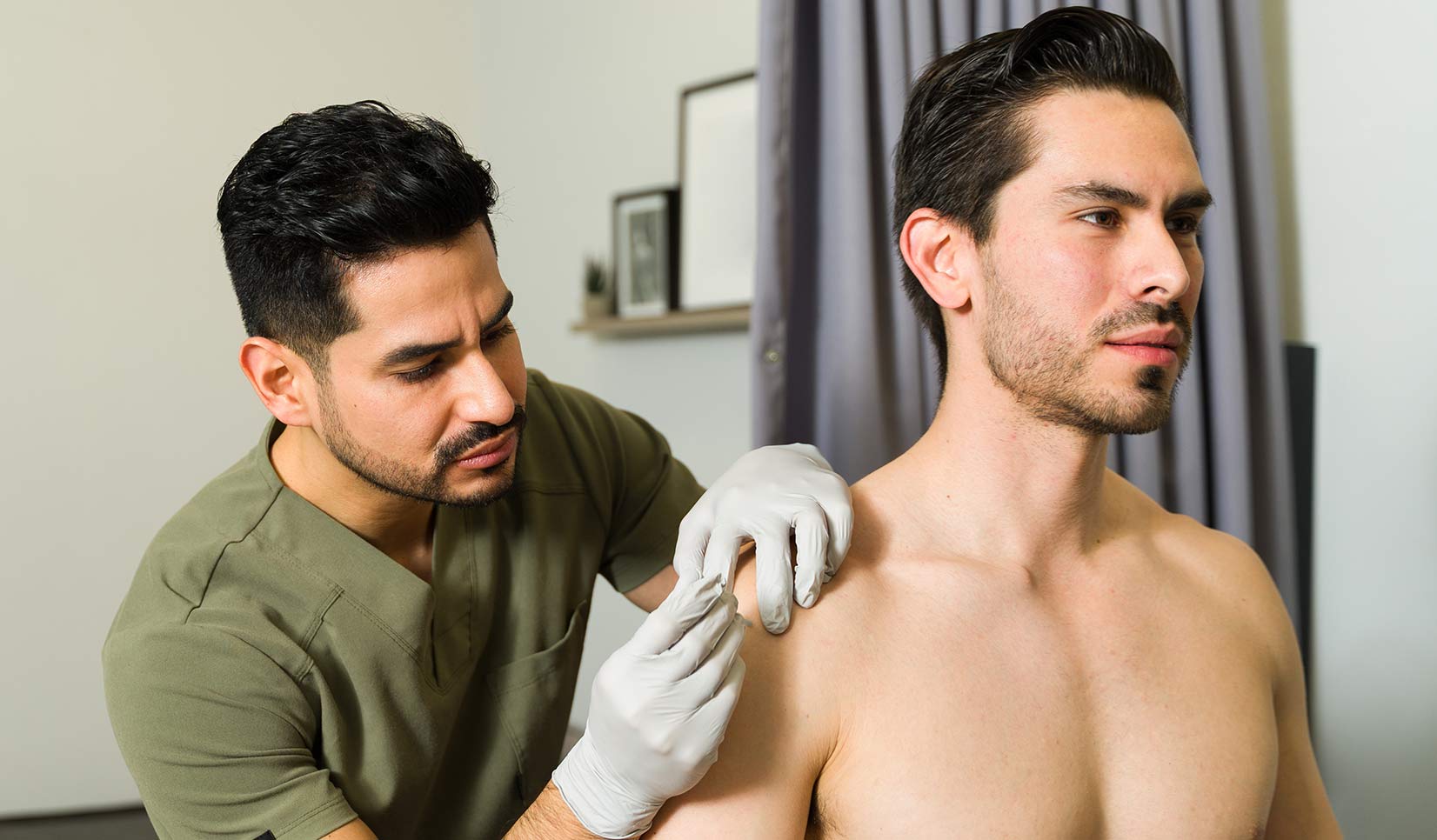
Your Questions Answered
Curious about how it works or what to expect? We've compiled answers to the most common questions to help you get started with confidence. We’re here to guide you every step of the way.

